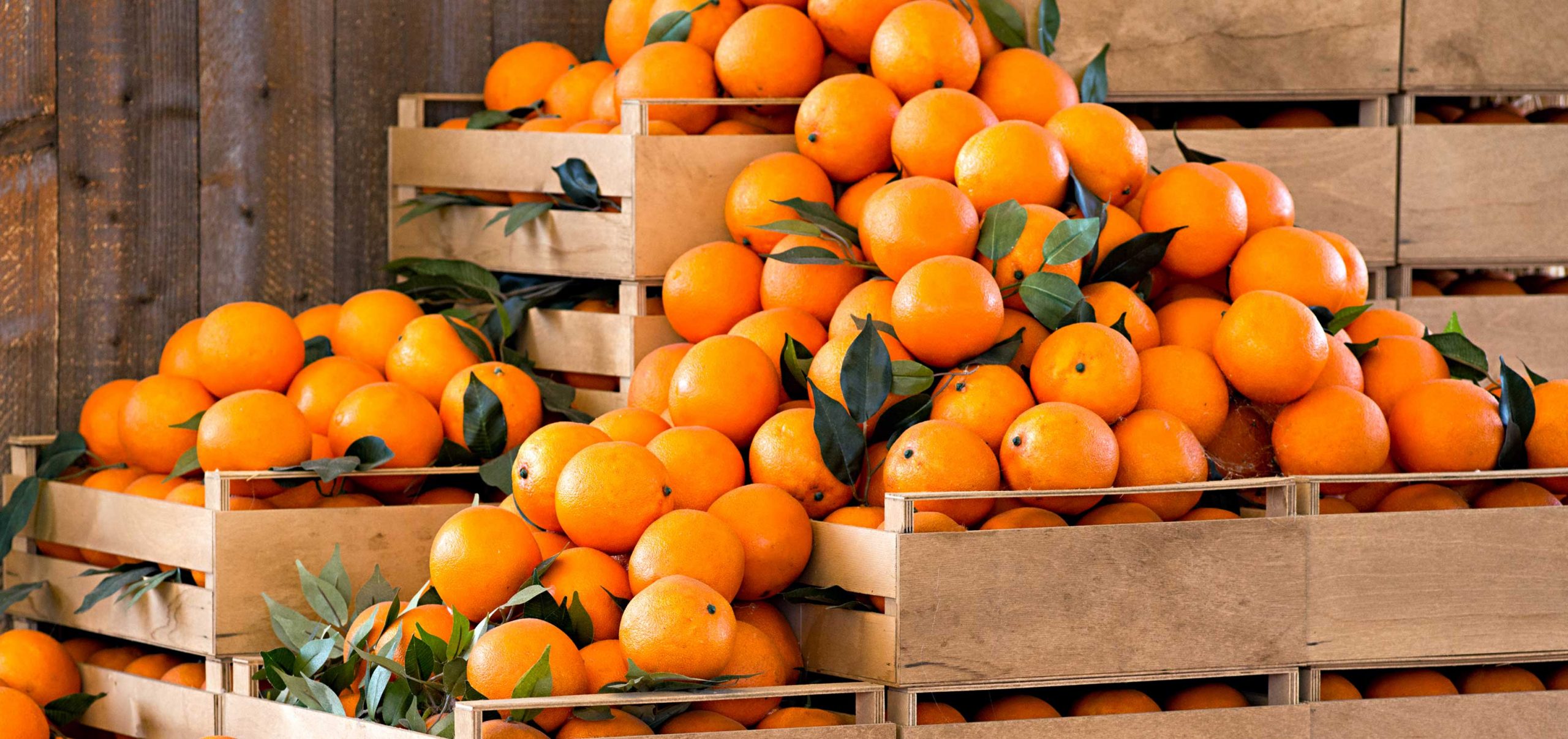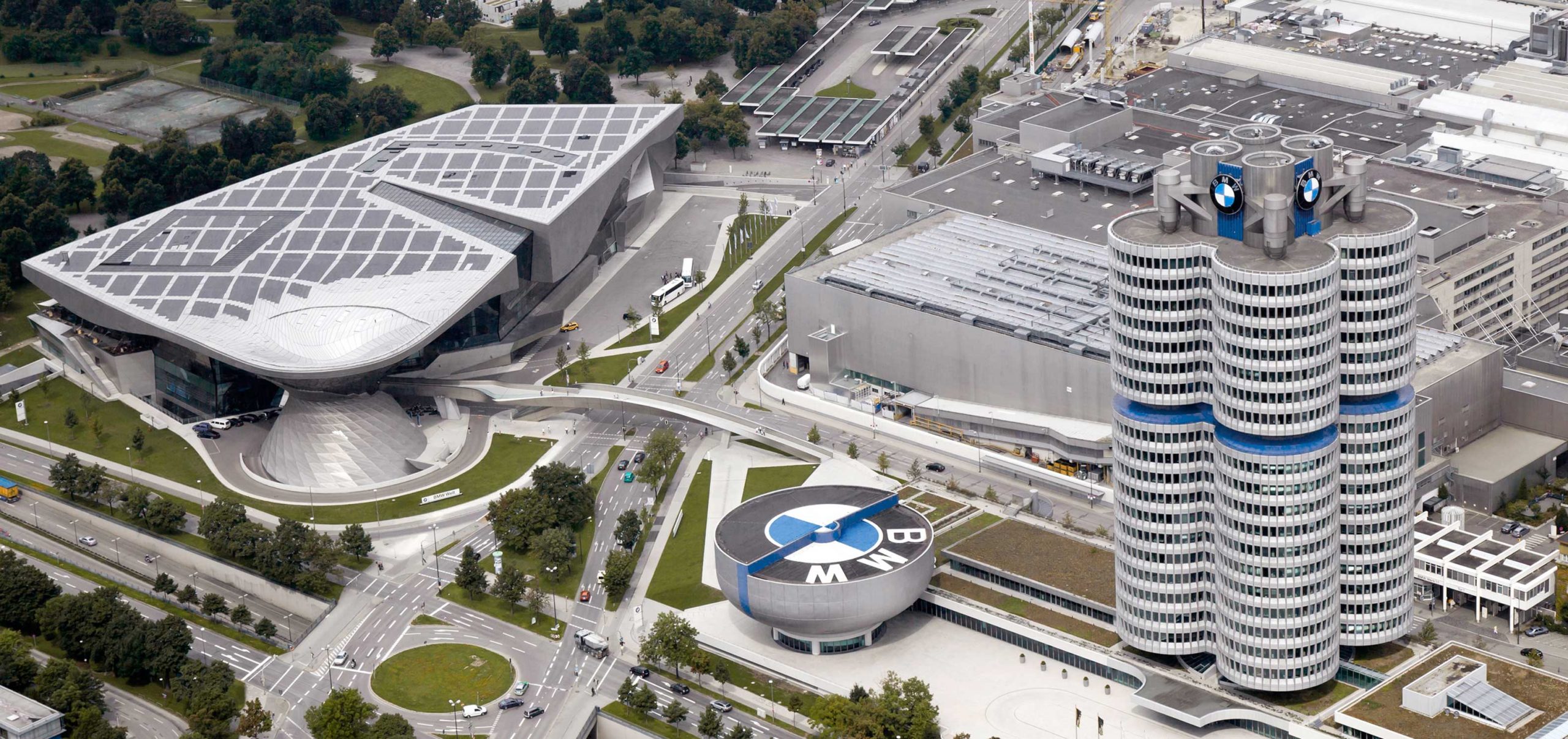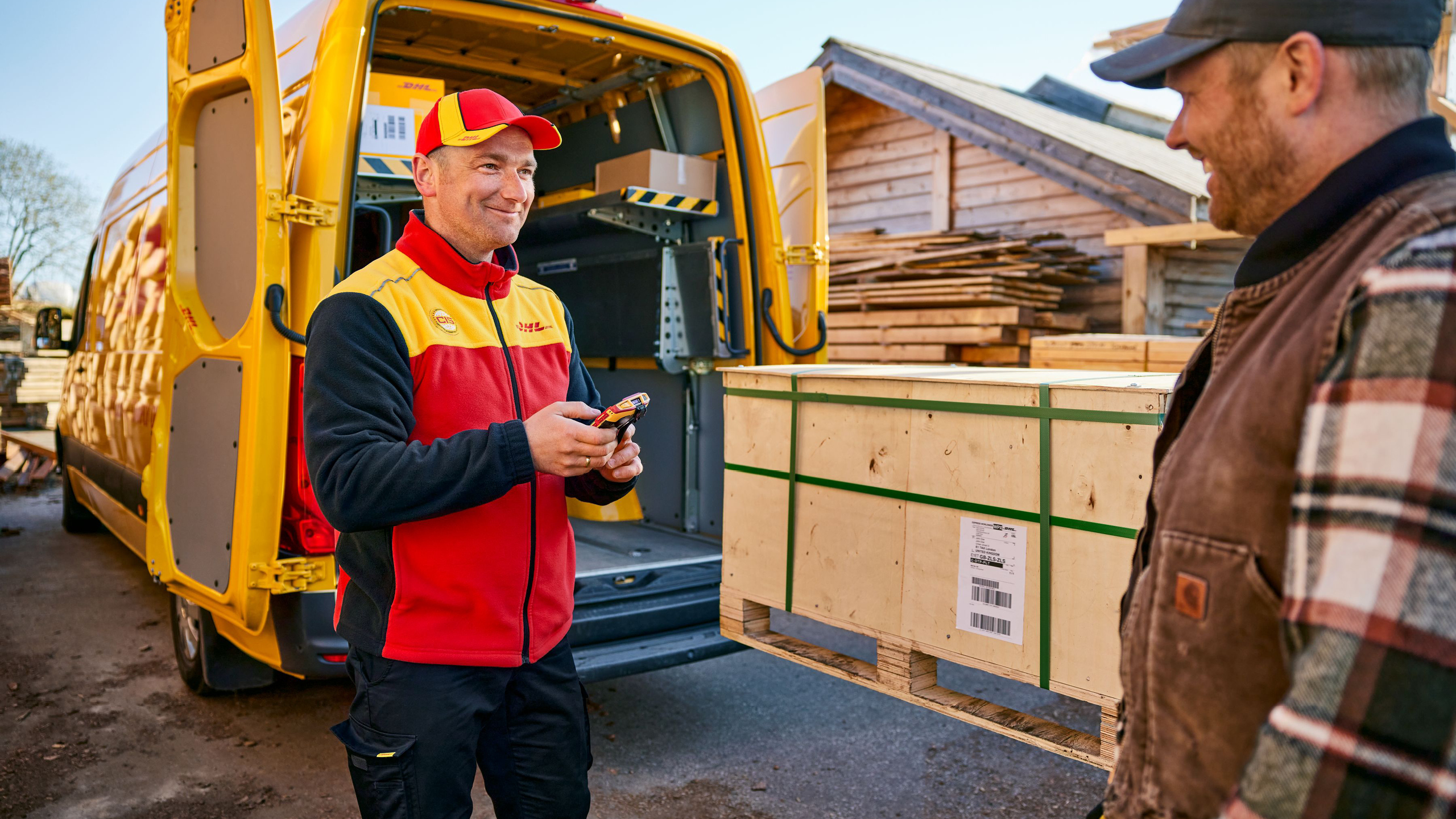
<!--[CDATA[
Food logistics – how produce moves from farm to consumer – is not well-known by the public. These behind-the-scenes steps are vital to ensure quality, safety and traceability in a global food supply. At dawn on Evaldo da Costa Mello’s citrus farm in Paranapuã, a small town within the São Paulo region of Brazil, you can see the fields overflowing with citrus trees. Hanging from these trees, under thick green leaves, await the multi-colored jewels that ripened overnight: Chinese Honey Oranges, Indian Sweet Limes, Sweet Oranges, Sour Oranges and even Papaya. From 7:00 am until 5:00 pm, workers pick the newly fresh fruit in the scented fields, relying on their well-trained eyes for quality assurance. After harvesting, sorting, storing and packaging, da Costa Mello’s farm sends out 20 million kilograms of this colorful bounty during the year. This level of activity might be expected from a farm within Brazil’s “Citrus Belt”. Brazil, overall, is the world’s largest single producer of oranges, providing more than one-third of the world’s fresh fruit supply and half of the world’s orange juice supply. 80 percent of these oranges come from the Brazilian “Citrus Belt” region.
A Citrus Farmer: Creating Consistent Quality
The time between harvest and arrival at CEAGE-SP, South America’s largest central fruit and flower market, is only five days, including travel time. Maintaining quality is a major priority, da Costa Mello explains: “After the fruit is harvested and taken to the packing house, it is washed and dried. A carnauba-based (palm leaf) wax – for gloss and durability – as well as a preventive fungicide are applied.” Damaged fruit is removed and sent to the juice industry, for juice extraction.
The Orange Exporter: Managing Orange Safety
500 kilometers southeast of Paranapuã is the Alfa Citrus farm and export company, owned by Pedro Luiz Favero. All day long, Favero has an eye on food safety, given his work with multiple large retail distribution networks, including Walmart und Carrefour. “Chemical analysis reports are issued by the major networks, and our company is audited to make sure we are within the required standards.” To achieve this, the entire process is a carefully-timed choreography. In no more than 24 hours, harvested fruit arrives at the packing house, says Favero. “The fruit reaches its destination four hours to 15 days later, depending on where consumption will take place, since we supply the entire country.” For farmer-exporters like Alfa Citrus, knowing when and how to move the fruit keeps it safe for retail customers and public consumers.
The Food Logistics Manager – Directing the Overall Orchestra
One ocean and almost 10,000 kilometers away from the Brazil citrus farms are the headquarters of DHL Freight. Andreas Lenz is the manager of DHL FoodLogistics. He guides the flow of food across Europe and throughout the world. This means he and his team may, literally, be anywhere they are needed.
While the farms of Brazil are still asleep, Lenz keeps the fruit moving, overseeing all of the logistics steps that ensure consumers have oranges and all other foods in their markets as quickly as possible. At the same time, he aims to save transportation resources and energy: “With an eye on logistics timing, the less food we waste. We do our part to ensure that the world is fed sustainably.”
Lenz has expert knowledge of food producers and their key markets. As an example, he explains that for European consumers, Spain, Turkey, and Egypt are the main suppliers of whole oranges, whereas Brazil is main supplier of orange juice concentrate, NFC (non-frozen concentrate). For Lenz and his team to get these oranges and NFC to their markets – or to markets anywhere in the world - careful advance planning is the key.
About six to eight weeks before products arrive on the market or at an additional processor, customers (such as farmers or exporters), the shippers and the recipients (such as major food chains) make a coordinated plan with Lenz. Considerations include shipping volumes, quantity and the type of product. In the case of oranges, Lenz and his team have to understand the farming harvest periods throughout the world – as well as seasonal consumer demands – so that the transportation process is precise.
Lenz also maintains expertise in the regulations of international import and export of live foods. With laws varying by country, a logistics company has to understand how transportation timing will affect food quality. Lenz and his food logistics team must also monitor if something falters in the transportation chain: “Every extra day longer in the transport process ultimately shortens the product’s shelf-life.”
No two days are alike for Lenz and his team; their tasks range from joint farm visits with customers all the way through making sure that the same fruit arrives safely at a market – anywhere in the world. Overall, DHL FoodLogistics manages separate parts or the entire logistics chain for customers. The public, Lenz adds, is unlikely to be aware of this specialized division within the company. “And many people are under the impression that logistics is done by pressing a button. With the example of citrus, we can see that every case is special.”
Lenz takes pride in his role in the fruit logistics chain – not the least of which is due to the end result: “We provide high quality care at every step, so that food is available at acceptable prices for consumers. In the end, the oranges are available – and customers are supported at every step along the way.”
![Andreas Lenz, DHL FoodLogistics[Photo: DHL]](http://dhl-freight-connections.com/wp-content/uploads/2016/10/BI_Farming_Future_Content-200x300.jpg)



